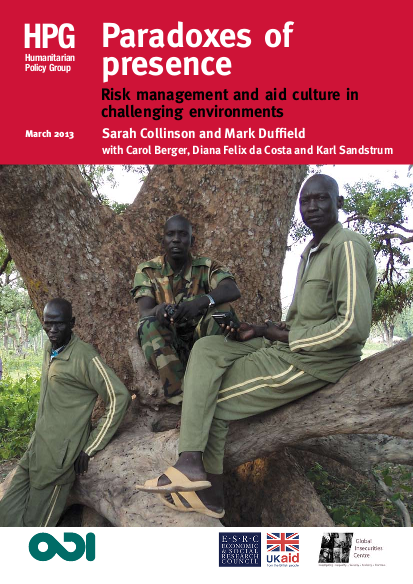
The international policy context and circumstances of development action and humanitarian relief have changed profoundly over the past two decades, with aid agencies now operating in an increasingly diverse array of conflict-affected contexts that are also considered by Western governments as major threats to international peace and security. A new and aggressive phase of direct international engagement and liberal interventionism in so-called ‘fragile states’ has assigned a new strategic role to aid as a key component of ‘comprehensive’ efforts to change and transform whole societies, and has created powerful incentives for aid agencies to be present and operational in insecure environments.
This is reflected in the rapid expansion of the aid industry at every level – geographical reach, funding, the number and variety of organisations involved and the range and complexity of their activities across overlapping and competing operational and policy areas, which have blurred the lines between the many different types of contractors and service providers involved. Aid agencies have inevitably experienced the friction and tensions this can engender, including their exposure to insecurity and other risks to a degree that is probably unprecedented, prompting substantial new investment in security management and a proliferation of security-related networks, inter-agency platforms, joint UN/NGO initiatives, good practice guides and security-related consultancy work.
